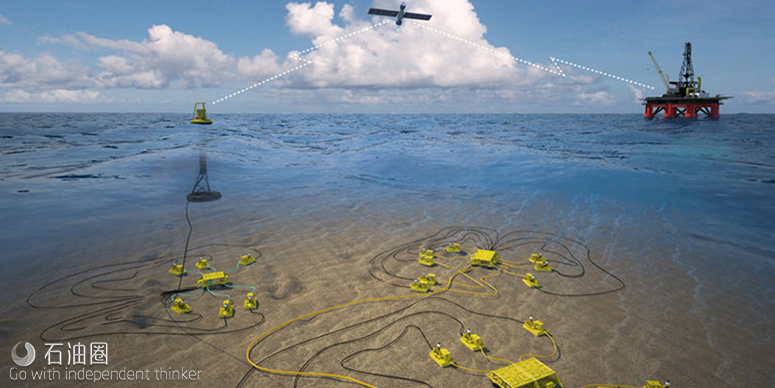Ocean Power Technologies announced the successful deployment of its PB3 PowerBuoy in the North Sea for its customer Premier Oil.
This latest deployment of a PB3 PowerBuoy will serve Premier as an autonomous intelligent platform to provide communications and remote monitoring services at Premier’s Huntington field in the central North Sea. During the deployment, Premier will demonstrate the PB3 PowerBuoy capabilities, its ability to monitor the local environment and alert ships of the field’s safety zone as a potential solution to help with their future decommissioning related operations.
This deployment begins a nine months lease, subject to meeting a number of acceptance criteria in the first three months. The lease also includes an option to extend the initial nine-month lease, as well as a purchase option. The project is backed by the Aberdeen-based Oil & Gas Technology Centre, which has provided co-funding, support and technical input to the monitoring requirements for the buoy.
Paul Williams, UK Business Unit Manager at Premier commented, “We are excited to be trialing the PB3 PowerBuoy at our operated Huntington field. This is a great opportunity to prove new technology which will enable us to minimize the environmental impact of our decommissioning programs, while maintaining flexibility to deliver maximum economic recovery from our fields. Assuming success, we will look at the potential to deploy this technology on other assets and for different purposes, both in the UK and further afield.”
George H. Kirby, President and Chief Executive Officer of Ocean Power Technologies, commented, “We are excited to be supporting Premier in their decommissioning activities with our PB3 PowerBuoy, which delivers a reliable autonomous solution for surveillance and monitoring. This deployment is the culmination of the tremendous effort and dedication of the entire OPT team in close collaboration with Premier. The process of deployment went very smoothly, with the PB3 PowerBuoy reaching its destination on schedule and at full operational readiness. We look forward to demonstrating the superior operational effectiveness of the PB3 PowerBuoy to the world, demonstrating that the PB3 PowerBuoy can become the preferred solution for topside surveillance during decommissioning, and subsea well monitoring.”
OPT’s PB3 can act as an Uninterruptable Power Supply (UPS) which constantly recharges itself by harvesting energy from the waves. It is ocean-deployed, moored and floats over the point of use and can operate in any ocean depth over 20 meters and up to 3,000 meters (3 km).
The PB3 supplies power continuously to on-board payloads or equipment located on the seabed while also providing real time data transfer and communication to remote shore facilities. The PB3 is sized and designed to store sufficient electric energy to provide reliable “ride through” power in extended periods of flat-calm seas.
The PB3 supplies power continuously to on-board payloads or equipment located on the seabed while also providing real time data transfer and communication to remote shore facilities.
The conversion of wave energy into electric power is carried out through a direct drive generator that continuously charges an on-board battery pack (Energy Storage System). Power from the battery is delivered to meet application and end-user needs. This is particularly advantageous for applications that have varying power requirements including continuous and larger occasional peaks.
OPT has designed the PB3 to minimize operational costs (OPEX) whereby deployment and recovery thereof is simplified, leveraging vessels widely employed in offshore marine operations. The PB3 can be either towed to site or deployed from a vessel’s deck.
Maintenance intervals, by design, are every 3 years. The PB3 control and management system includes self-monitoring data collection, processing and transmittal to allow pro-active maintenance strategies, thus increasing availability and operational effectiveness.
The PB3 technology was demonstrated for a US Navy project to provide power to coastal security networks and survived rigorous sea trials, including operation off the New Jersey coast through Hurricane Irene in 2011. Exterior payloads are anticipated to be shipped in the ISO shipping container and would require minimal on-site preparation to mount on the buoy prior to deployment.

 石油圈
石油圈
